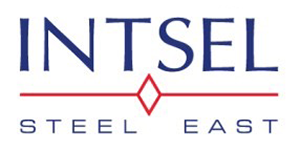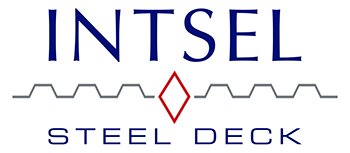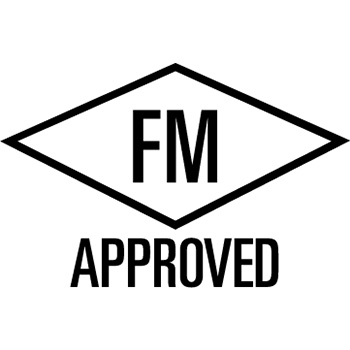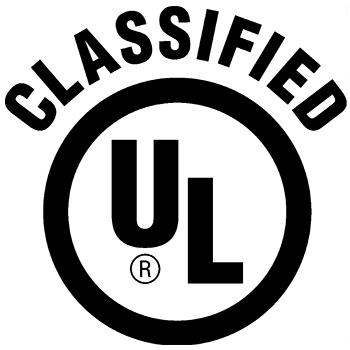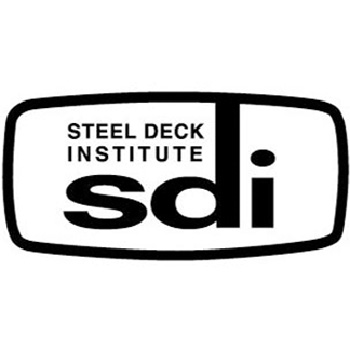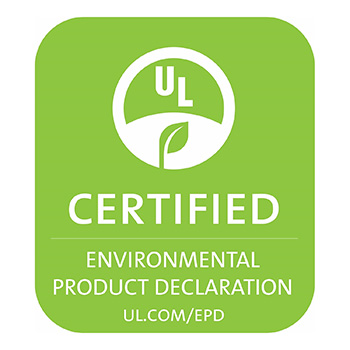A36 Steel Plates: Properties & Uses | An Overview
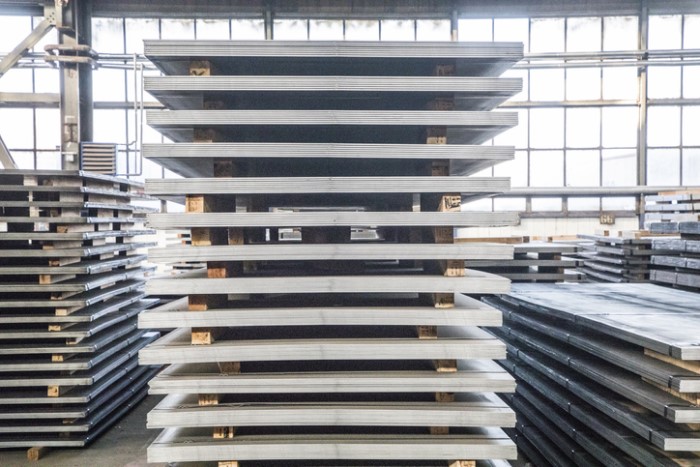
Key Takeaways
- Versatile Material: A36 steel is the most commonly specified structural steel in the United States due to its exceptional versatility, weldability, and cost-effectiveness.
- Optimal Applications: Ideal for structural applications, construction projects, and general fabrication work where high yield strength isn’t critical but ductility and weldability are essential.
- Processing Options: A36 accepts a wide range of fabrication methods including cutting, drilling, welding, and forming, making it suitable for diverse project requirements.
- Quick Availability: With Intsel Steel East’s extensive inventory and next-day delivery service, A36 plates in various thicknesses are readily accessible for time-sensitive projects.
In 2020, the global steel plate market reached a value of $53.9 billion and is expected to grow to $65 billion by 2026. Over the years, steel has quickly become one of the most common materials for structural applications. Steel is an alloy of carbon and iron, but there are many different types with many different uses.
When planning a project, choosing the correct materials is essential. This article will provide an overview of A36 steel, which is one of the most common types of steel on the market. Keep reading to see why A36 steel might be the perfect choice for you.
What Is A36 Steel?
A36 has earned its reputation as the workhorse of the industry. If you’re a fabricator, contractor, or manufacturer in the Northeast, chances are you’ve worked with this versatile material extensively. But what exactly makes A36 steel plates so widely used, and why should they be your go-to choice for many structural applications?
A36 is a low-carbon steel designated by the American Society for Testing and Materials (ASTM) that offers an exceptional balance of strength, formability, weldability, and value. As one of the most commonly specified grades in construction and general fabrication, understanding its properties and applications can help you make more informed decisions for your next project.
A36 Steel Chemical Composition
A36 is low carbon steel, and as such has a carbon content of less than 0.3% (by weight). This makes it very resistant to heat treatment.
A number of other alloying elements may be present in small amounts to give the final product desirable characteristics. As with most alloys, the amounts of these various elements can vary slightly. A typical makeup would be as follows:
- Iron – 98%
- Carbon – 0.25 – 0.29%
- Copper – 0.2%
- Manganese – 1.03%
- Phosphorous – 0.04%
- Silicon – 0.28%
- Sulphur – 0.05%
These values may be different depending on the shape of the part being made or the application of the material.
A36 Steel Properties
The chemical makeup of steels determines the characteristics. This low amount of carbon gives A36 steel many desirable qualities:
| Property | Value (Metric) | Value (Imperial) |
|---|---|---|
| Density | 7.85 g/cm³ | 0.284 lb/in³ |
| Ultimate Tensile Strength (UTS) | 400–550 MPa | 58,000–79,800 psi |
| Yield Strength | 250 MPa | 36,300 psi |
| Elongation at Break (200 mm) | 20% | 20% |
| Elongation at Break (50 mm) | 23% | 23% |
| Modulus of Elasticity | 200 GPa | 29,000 ksi |
| Bulk Modulus | 140 GPa | 20,300 ksi |
| Shear Modulus | 79.3 GPa | 11,500 ksi |
| Poisson’s Ratio | 0.26 | 0.26 |
| Hardness (Brinell) | 119–162 HB | 119–162 HB |
| Hardness (Rockwell) | 67–83 HRB | 67–83 HRB |
Practical Implications of These Properties
The 36,000 psi yield strength is where A36 gets its name, and it strikes the perfect balance for many structural applications. It’s strong enough to handle significant loads while remaining ductile enough for fabrication. The material’s high elongation percentage (20% minimum) means it can deform significantly before fracturing—a critical safety feature in structural applications where warning signs of failure are essential.
Formability
Good formability means that a metal can be easily formed into a shape as required, without necking or cracking. Necking is when a specific point on a part thins faster than the surrounding material. Necking eventually leads to cracking.
A metal’s elongation is the amount of strain it can endure under tensile testing. The greater the elongation, the more strain it can take.
Weldability
This quite simply refers to a metal’s ability to be welded. A36 steel has good weldability, so it is relatively easy to join two pieces together with a strong weld. Common methods such as gas metal-arc, shielded metal-arc, submerged-arc, flux core, and resistance welding are all suitable.
Machinability
This is a measure of how easily the material can be machined (i.e. cut) while keeping a good finish. This is ideally done while maintaining a low cost. Cutting A36 steel is generally quite quick and easy. It also does not cause much wear to the cutting tool used.
Ductility
A ductile material is one that will deform permanently when stress is applied. This could be bending, stretching, or spreading.
When a part is stressed, it will first deform elastically, meaning it will return to its original shape. When it goes past the ‘elastic limit,’ it will not return to its original shape. A36 steel is quite ductile, able to elongate to roughly 20% of the original length. More brittle materials will fracture more easily when stressed.
Strength
A36 is a very strong grade steel, which is one of the main reasons for its popularity.
A36 plates that are less than 8″ thickness can have a minimum yield strength of 36,000 psi and an ultimate tensile strength of 58,000-80,000 psi. This is an impressive level of strength, especially when taking into account the weight of the metal. This level of strength, along with the ductility of A36 steel, means that it has excellent impact resistance.
Cost
One of the main advantages of A36 steel is that it is relatively cheap to manufacture. This is an advantage across all industries, regardless of application. As A36 steel is often used for structural components, it is beneficial to be able to produce large quantities for bridges or buildings without having to spend excessive amounts.
What Are A36 Steel Splates Used For?
A36 steel plates find their way into countless applications across various industries. Here are some of the most common uses we see among our customers:
- Construction and Structural Applications
- Manufacturing Applications
- Transportation and Infrastructure
- Energy and Utilities
Structural applications are perhaps the most common uses for A36 steel. The mechanical properties make it an ideal construction material. It is not naturally corrosion-resistant, so is more often used for internal structures.
If needed, A36 steel can be galvanized to improve its corrosion resistance. This is done if the steel will be in an environment where it is exposed to moisture or weathering. External structures such as bridges and oil rigs are suitably made with A36 steel plates.
The strength-to-weight ratio is also a very useful trait when it comes to such applications.
Steel plates are also available in several other grades. Each grade has different characteristics to make them suitable for varying applications.
Fabrication Considerations for A36 Steel Plates
One of A36’s greatest strengths is its fabrication-friendly nature. Here’s what you need to know about working with this material:
Cutting and Machining
A36 steel can be cut using various methods, each with its own advantages:
- Oxy-fuel cutting: Economical for thicker plates (over 1″)
- Plasma cutting: Excellent for medium thickness with good precision
- High-definition plasma: Provides superior edge quality for visible applications
- Saw cutting: Clean edges for specific applications
Welding A36 Steel
A36 is considered highly weldable, making it a favorite in fabrication shops. Most common welding processes work well:
- SMAW (Stick): Commonly used for structural connections
- GMAW (MIG): Excellent for high-production environments
- FCAW: Great for outdoor applications or thicker sections
- GTAW (TIG): Used when appearance and precision are critical
Pre-heating is generally unnecessary for thinner sections, but may be recommended for plates over 1″ thick or when working in cold environments.
Forming and Bending
A36’s good ductility makes it suitable for forming and bending operations. Recommended minimum bend radii typically depend on thickness but are generally accommodating compared to higher-strength steels.
Surface Finish Options
A36 plates typically come with a standard mill finish, but various options are available:
- Shot blasted for improved coating adhesion
- Pickled and oiled for corrosion resistance
- Descaled for cleaner appearance
- Primer-coated for temporary corrosion protection
Why Source A36 Plates from Intsel Steel East
As the Northeast’s leading steel service center, Intsel Steel East offers distinct advantages when it comes to sourcing A36 steel plates:
Inventory Advantage
Our extensive inventory of A36 plates in various thicknesses and sizes means you’ll find what you need when you need it. With three full-line carbon service centers strategically located throughout the Northeast, we maintain stock levels that exceed industry standards.
Processing Capabilities
Our advanced processing services include:
- High-definition plasma cutting with precision capabilities
- Oxy-acetylene cutting for thicker materials
- Drilling (holes up to 3″ diameter through 3″ plate)
- Beveling and edge preparation
These services allow you to receive material ready for your production process, eliminating bottlenecks in your facility.
Delivery Excellence
Our premier next-day delivery service throughout the Northeast ensures you get your A36 plates when you need them, keeping your projects on schedule. Our six strategic locations allow us to provide reliable delivery schedules you can count on.
Expert Consultation
With over a century of experience in the steel industry, our team provides valuable technical consultation on material selection, helping you identify the optimal plate specifications for your specific application.
Conclusion
A36 steel plates remain one of the most versatile and widely used materials in structural applications and general fabrication. Their excellent balance of strength, weldability, fabrication-friendly properties, and cost-effectiveness makes them the go-to choice for countless projects throughout the Northeast.
At Intsel Steel East, we’re committed to being your trusted partner for all your A36 steel plate needs. From our extensive inventory and value-added processing services to our reliable next-day delivery, we provide everything you need to keep your projects moving forward efficiently.
Have questions about A36 steel plates or need assistance selecting the right material for your next project? Contact our team of steel experts today, and discover why fabricators, contractors, and manufacturers throughout the Northeast trust Intsel Steel East as their preferred steel service center.
